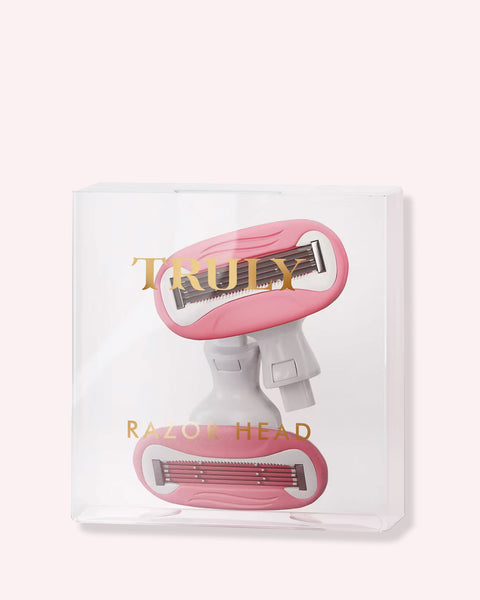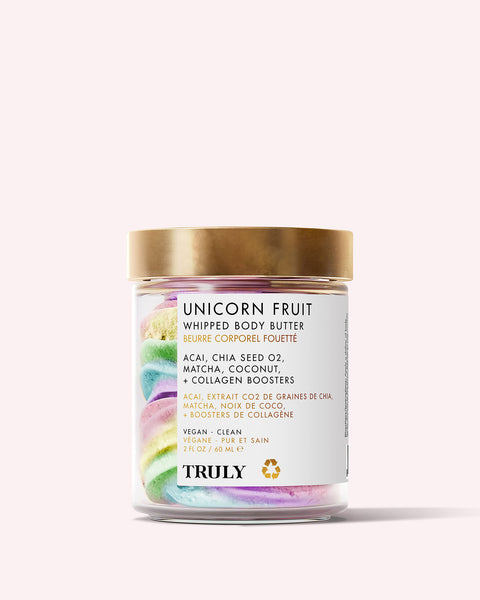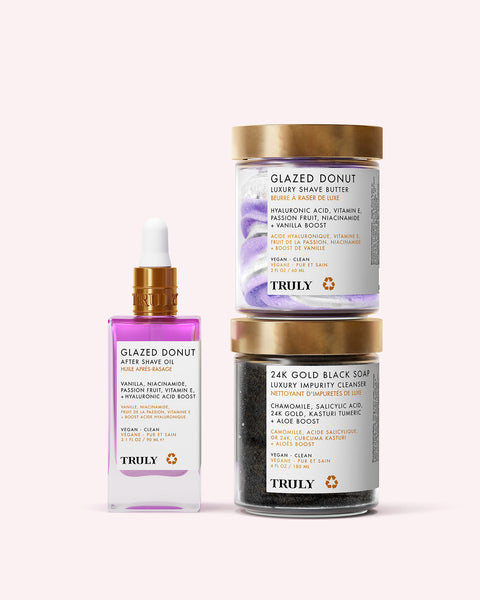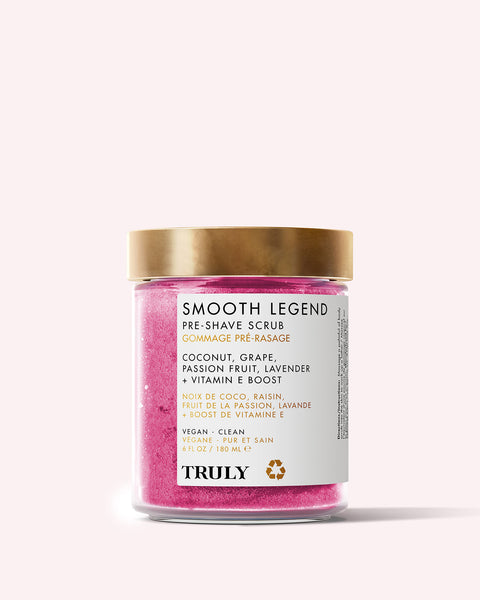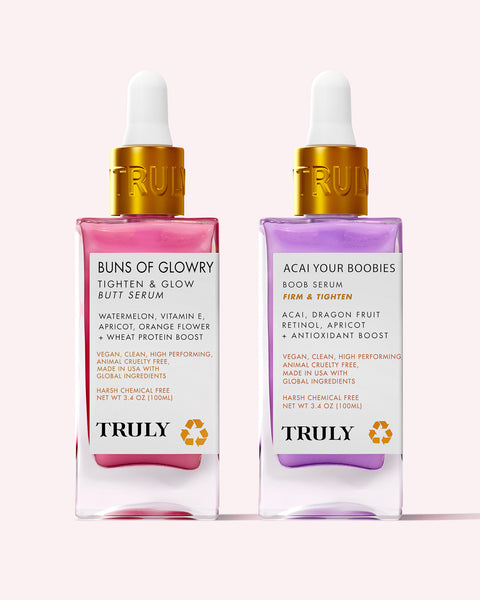How To Translate Your Skincare Ingredient List

So you heard vitamin C was an excellent skin-brightening ingredient, but you can’t seem to find it in any products…That could be because it has another name.
Many skincare ingredients have more than one name that may refer to them, and it can get confusing. For example, vitamin C is also known as L-ascorbic acid or just ascorbic acid. More on that later!
Skincare ingredients can be so confusing. There are so many different names and words that you might not know what they mean. But don’t worry, we’re here to help!
In this article, we’ll teach you about some of the most popular ingredients in skin care products and give an overview of how they can benefit your skin. We’ll also cover some more controversial ingredients or potentially unsafe ones.
Let’s take a moment to break down what each of these ingredients means.
SKINCARE INGREDIENTS, TRANSLATED
Tocopherol = Vitamin E
Tocopherol is a type of vitamin e that supports the skin’s natural immune system and acts as an antioxidant. It can be used to treat dry, rough, or scaly skin types.
Vitamin e is a skin-friendly vitamin that can be found in many different types of skincare products. It acts as an antioxidant and has been shown to have additional benefits for the skin, such as acting as a natural anti-inflammatory agent. This means it’s able to reduce redness or swelling by blocking free radicals from attacking healthy cells.
It’s important to note that the level of vitamin e varies in each skincare product, so you’ll have to read the label carefully for a percentage. However, because it can be found naturally as an oil or extract, this is an antioxidant that will work well with all skin types and sensitivities.
Looking for a product with vitamin E in it? Choose Truly’s Flower Child Face Cream.
Ascorbic Acid = Vitamin C
Ascorbic acid, otherwise known as vitamin C, is a well-known skin brightening treatment. It is also usually a stabilizer in skincare products, meaning it helps keep other ingredients stable.
For some people, vitamin C may irritate the skin if used too frequently or with another irritating ingredient like retinol, so be careful to introduce this ingredient into your routine slowly. The most common use of vitamin C in skincare products is an antioxidant that slows down aging by fighting free radicals before they cause damage to DNA. It can also help fade dark spots from sun exposure or acne scars over time! This brightening effect will work best on individuals who need just a little bit more brightness than their current skin tone provides naturally. Just so you know, vitamin C cannot lighten skin that is much darker than the natural tone.
If you’re using vitamin C, make sure your moisturizer has a broad-spectrum SPF like zinc oxide or titanium dioxide to take care of those UV rays and prevent future sun damage!
Get your daily vitamin C boost with Truly’s Vegan Collagen Facial Cleanser.
a-Hydroxyacetate = Glycolic Acid
a-Hydroxyacetate is an alias for glycolic acid and beneficial for those with acne-prone and oily skin as it can exfoliate the surface of the skin to reduce breakouts.
Glycolic acid is an alpha hydroxy acid (AHA), a kind of chemical exfoliant that helps remove dead cells from your outer layer, revealing fresher cells underneath. This is great for people dealing with blemishes because AHAs help keep pores clean without irritating the skin (which makes them perfect for sensitive complexions).
Alpha hydroxy acids or AHA’s have been shown in clinical trials to improve fine lines and wrinkles by increasing collagen production, which tightens up the skin on your face over time! The only downside? AHAs may increase sun sensitivity, so using SPF protection while you’re out will be a must.
Enjoy the benefits of glycolic acid with Truly’s CBD Jelly Toning Solution.
Beta-Hydroxy Acid = Salicylic Acid
If you see the term beta-hydroxy acid listed on the back of a cleanser, that means it contains salicylic acid. Salicylic acid is a BHA that helps clear up acne by dissolving oil and exfoliate the surface of your skin. In fact, it’s pretty much the gold standard ingredient for fighting breakouts.
An excellent example of a popular product that contains BHA is Truly’s CBD Jelly Anti-Blemish Cleanser.
WHAT SKINCARE INGREDIENTS TO AVOID
Sodium Lauryl Sulfate
It’s found in a range of beauty products, but you should steer clear of Sodium lauryl sulfate if you want healthy, happy skin.
Sodium lauryl sulfate is a chemical that strips the skin of its natural oils, leaving it dry and irritated. Products containing this ingredient will usually make your face feel tight or tingly after use because they’re so harsh on your skin! Plus, if you have sensitive skin, you may end up with an allergic reaction.
Parabens
They could be listed under various names, including methylparaben, propylparaben, butylparaben, and ethylparaben. These ingredients are often found in moisturizers, hair serums, and cosmetics.
It’s essential to avoid parabens because they have the potential to disrupt your hormones which can lead to a higher risk of breast cancer, congenital disabilities in male children born from pregnant women using these products, an increased probability of infertility issues for both men and women, as well as some other severe conditions like endometriosis or premature puberty. Scary, huh?!?
Mineral Oil
Often found in makeup and SPF, mineral oil is a no-no ingredient. It clogs pores and can lead to acne breakouts, wrinkles, age spots, and dark circles. If you see mineral oil on your ingredient list, know that it’s best not to use the product as this will only make things worse.
Triethanolamine (TEA)
TEA is another problematic ingredient found in hair products as it causes scalp issues, such as dryness and itchiness. It could also irritate the skin when used with other chemicals, so you should avoid using these types of products altogether.
So the next time you go skincare shopping, make sure you look for the right ingredients.







